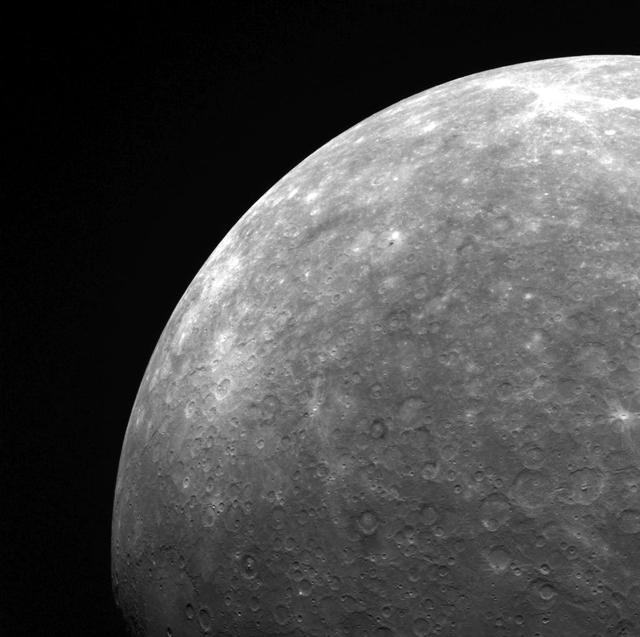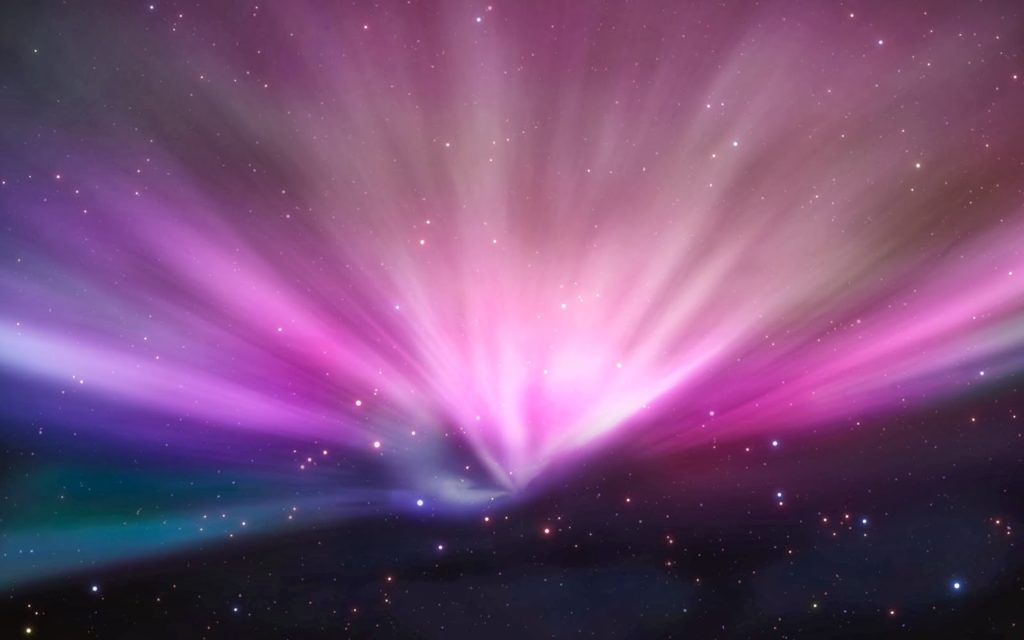Starwatch for July 2018
Written by John Del Re on July 20, 2018
Hello! I’m Karl Hricko of the United Astronomy Clubs of NJ, and the National Space Society, bringing you the July 2018 Starwatch for WNTI.ORG.
If you look up at the sky on a clear night, you’ll see a yellow supergiant star that is 5 times the size of our Sun. It takes 430 years for its light to reach us, and it changes in brightness every 4 days. It actually is a combination of 3 to 5 stars and It’s located in the Little Bear, or Ursa Minor. You’re correct if you guessed – the North Star!
The North Star or Polaris happens to be lined up with our axis of rotation, so the other stars appear to move around it. Because the Earth is wobbling like a spinning top that’s slowing down, our axis points to different stars over a period of 26,000 years.
The North Star can be found by using the Big Dipper. The 2 stars in the outer edge of the Dipper are used to point away from the top of the bowl to the North Star. It ranks as the 46th star in brightness, so it is not too bright among the stars.
Besides looking for the North Star, you can also search for the visible planets. We can see them all at dusk this month. To the west in Leo, Venus dominates the sky next to the Moon. To its lower right, Mercury teeters on the horizon. In the SE, Mars is in Capricornus, while Saturn is to its upper right in Sagittarius. Jupiter rules the sky all night to the SW in Libra. So see if you can find the star that points to our north, and the 5 visible planets that move through the zodiac.
Until our next Starwatch, don’t forget to check out what’s up in the night sky!




